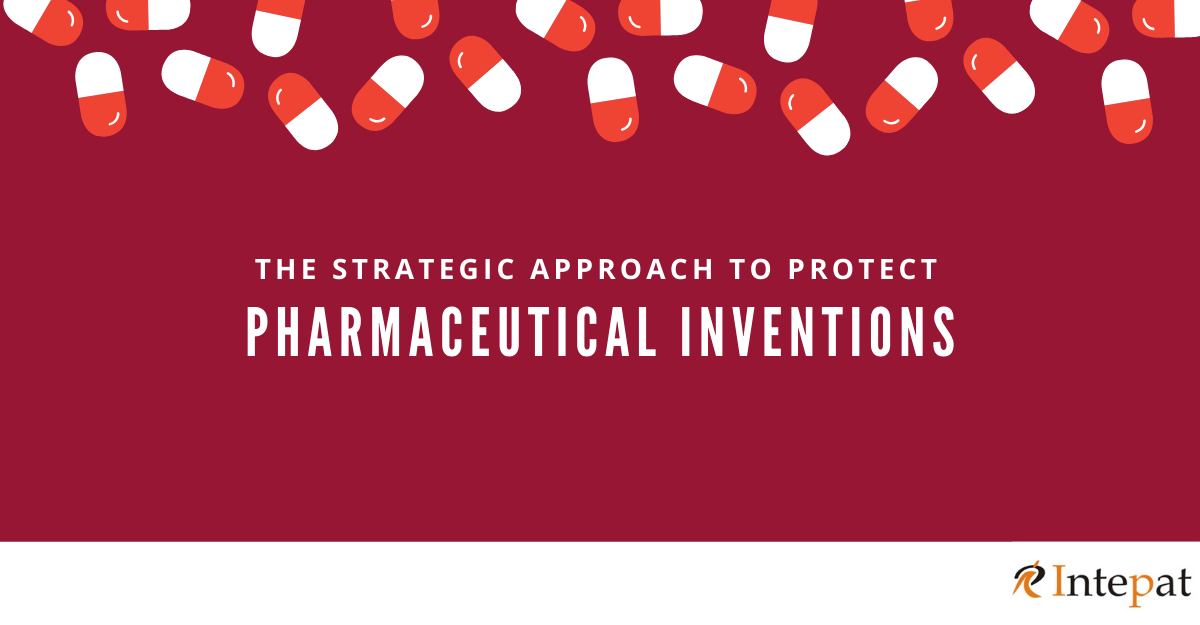The Indian pharmaceutical sector is the largest producer of generic drugs in the world. India contributes to about 50% of the global vaccine demand, 40% of generic medicine demand in the US, and 25% of all medicines in the UK. Besides, this sector is estimated to reach a remarkable growth of US$ 55 billion by this year. The accelerated growth in this sector highlights the need to protect its research and inventions in the international market.
India is working to solve the issues caused due to the existing Intellectual Property legislation. We are focused on developing a suitable environment for patenting pharmaceutical inventions. Let us get to know about Intellectual Property Rights for pharmaceutical sectors.
Need for Pharmaceutical Patenting
Research and development in the pharmaceutical sector are time-consuming and expensive. Moreover, the formulation of a drug involves years and decades of work and untiring effort. The resulting medicine or drug plays a crucial role in the treatment of diseases. Hence, patenting such life-saving processes and products is indispensable to safeguard the invention and to prevent any unauthorized use.
Pharmaceutical Patent Types in India
The categories for patent filing in the pharmaceutical sector are listed below:
Biotechnology related Patents
We usually file them for a wide variety of immunological, diagnostic, and therapeutic products.
Patents for Drug Compounds
They offer the maximum protection to products of a drug company. Generally, we file the chemical structure of a synthesized drug compound under this category. Thus, when a company acquires this patent, no other company is permitted to manufacture or sell the drug or any formulation constituting the drug.
Patents for Formulations/Compositions
They are given to a specific preparation of a formulation and/or quantity of critical ingredients in a formulation.
Patents for Process
Usually, we file them for a novel process to produce a particular product.
Patents for Technology
We generally file the techniques or methodologies to resolve any technology-related issues under this category. Some examples include solubility, stabilization, taste masking, etc.
Polymorph Patents
Crystalline modifications of an already known compound are called polymorphs. They increase stability and reduce impurities in the mixture. According to section 3(d) of the Patents Act, 1970, we can patent polymorphs that have significant usage in the sector. In other words, we cannot patent inventions of polymorphs that are of no use.
Non-patentable Inventions
There are certain instances where one can’t patent hard-earned pharmaceutical inventions.
For instance, India limits itself from granting secondary patents. They refer to patents on new forms of an already existing drug or molecule.
Section 3(d) of the Indian Patent Act 1970 states that if an invention is about the discovery of a new form or new property of an already existing product, and if the invention has no significant use, then it will not be considered an invention. Similarly, using an existing process or apparatus which does not lead to a new product or does not involve a new active reactant will not be considered an invention.
Inventors should ensure their work does not fall under any such products mentioned in section 3(d) before they begin their work.
Filing Strategies
Pharmaceutical patents involve huge investments and take a long time to reach the market. Sometimes, the patent itself may expire even before the inventor recovers the investment made in developing the drug. A strategic and timed-approach is very much essential to gain maximum protection on the product.
Timely approach
One can file for patents at different stages of the invention. Initially, during the discovery phase, the inventor will gain knowledge on all features and technical aspects necessary to carry out the process. At this stage, it is advisable to file a patent with broader generic claims. Meanwhile, as the product reaches the completion stage, the researcher can submit more specific patent applications. The applications should include adequate examples, the formulation, and even the dosage regimen.
Patent claims
The inventor should do thorough research on the claims to patent the product to gain maximum protection to the invention. One must consider all the inventive aspects of the work while filing. The application should include more experimental data with proper results reinstating the claims made in the application.
Sequential Filing
As the research progresses, the inventor can file patents for any novel process involved during the research and development phase. Sequential filing will grant more protection to the product in the market and prevent the risk of infringement at any stage of the product development.
Making use of the Patent Cooperation Treaty (PCT)
Filing patent applications under PCT can help the inventions in reaching the global market soon. The researcher can also easily gain protection for the invention in several countries through PCT. The applicant can make clear and concise claims on PCT applications that will allow the application to move quickly within the patent offices in different countries. However, one must ensure to add a support clause to include new claims while processing the patents.
An ever-smart way of protecting, strengthening, and showcasing research and development in the pharmaceutical sector is undoubtedly through filing patents. India has impeccable Patent Law for the protection of pharmaceutical inventions or drugs. Inventors and researchers can always opt for advice from patent experts to safeguard their pharmaceutical inventions/drugs.
Companies must adopt a cautious and strategic approach to patent pharmaceutical products. Never waste a second further on contemplating registering for patents on your pharmaceutical inventions and drugs.




